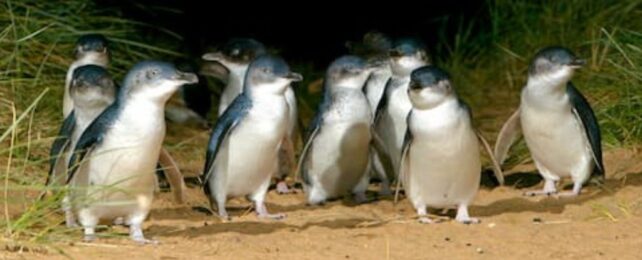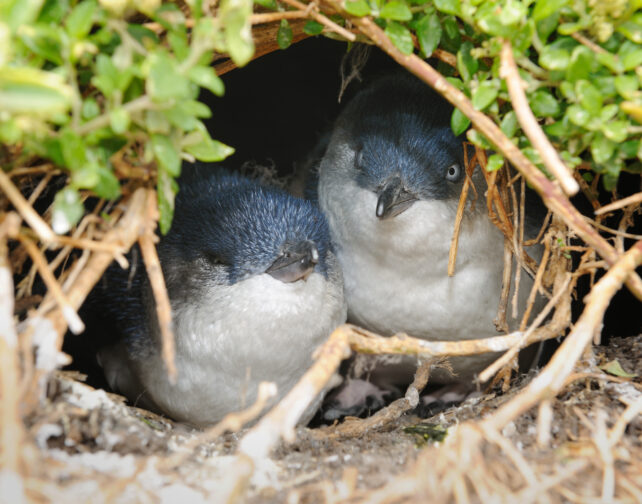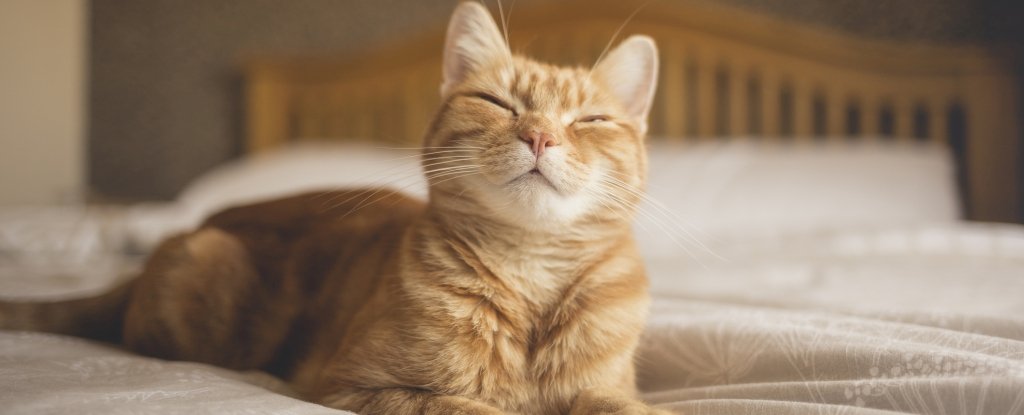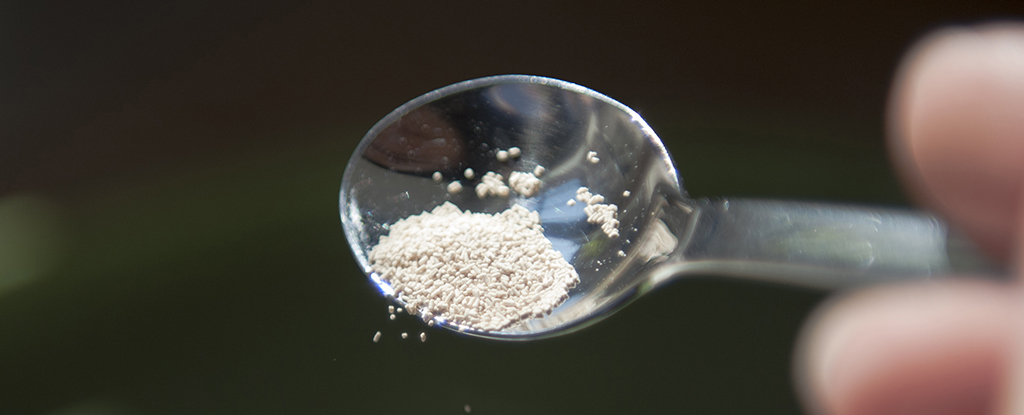ARTICLE AD
 Little Penguins on Phillip Island. (Phillip Island Nature Parks)
Little Penguins on Phillip Island. (Phillip Island Nature Parks)
Penguins aren't the paragons of everlasting love that we often paint them out to be. In a megacolony of Little Penguins (Eudyptula minor), researchers in Australia have calculated a 'divorce' rate that is much higher than in humans.
While many penguin species are considered socially monogamous, the idea that they choose mates for life and never even bat an eyelash at another is a common misconception.
It's true that Little Penguins on Phillip Island in Australia often find the same breeding partner from one year to the next. Yet even still, experts think divorce rates among bonded pairs can sometimes reach up to 50 percent.
Over the course of 12 breeding seasons, scientists at Monash University counted nearly 250 'divorces' among a cohort of nearly one thousand paired penguins. That's roughly 21 break-ups a year between 2000 and 2013.
To put that in perspective, annual human divorce rates in the United States are about 2.4 marriages per thousand, which is nearly 10 times lower than in this species of penguin.
The whole megacolony on Phillip Island includes more than 37,000 Little Penguins, but researchers say their sample size is a good indication of what's going on more broadly.
A penguin divorce was counted by researchers when a tagged penguin from the prior year's breeding season reappeared in the colony with a new mate.
Similar to our own species, a penguin's choice to leave or stay in a pair bond was often based on offspring.
"In good times, they largely stick with their partners, although there's often a bit of hanky-panky happening on the side," explains ecophysiologist Richard Reina from Monash, who has studied the island colony for 20 years.
"However, after a poor reproductive season they may try to find a new partner for the next season to increase their breeding success."
 Little Penguins on nest. (4FR/Getty Images)
Little Penguins on nest. (4FR/Getty Images)Little Penguins, as it turns out, aren't very faithful, and they aren't the only species destroying human illusions of unconditional 'love' in nature.
While it's true that during breeding season, most penguin species pair up with the same mate as the year before, those bonds don't always last for life.
Emperor penguins and Adélie penguins, for instance, often partake in 'extracurricular activities' even when they are paired, which means they aren't really sexually monogamous.
One study from 1999 found only 15 percent of Emperor penguins (Aptenodytes forsteri) stay with the same partner for consecutive breeding seasons. Other penguin species have higher rates of social monogamy, reaching nearly 90 percent.
Loyalty, it would seem, is a fickle beast that can change from species to species, year to year, and habitat to habitat.
Last year, Monash University marine scientist Andre Chiaradia told the ABC that because climate change had the Little Penguins on Phillip Island breeding earlier, there was more time for infidelity.
"They finish earlier and think, 'Oh, I can have a second go'," he said.
"Behind the scenes, they can have four to five partners in one night."
Chiaradia is an author on the newest paper, which finds that divorce rates among Little Penguins is the single most consistent factor for predicting the colony's reproductive success.
If the divorce rate stays low, at a baseline of about 18 percent, the breeding season is more likely to be successful.
But while divorce might be a sign of hard times, it's not always a bad choice in and of itself. In some cases, separation becomes a necessary risk, especially after a failed breeding season.
"Little penguins and other seabirds that prolong their pair bond over multiple seasons experience increased reproductive success over time," explains the research team from Monash.
"However, divorce may also be an adaptive tactic to increase longer-term reproductive success, especially when the previous breeding success was low, a higher-quality mate becomes available or usurps a lower-quality individual, or environmental events prevent or delay re-pairing."
It's all about weighing the short-term risks against the long-term benefits. Researchers at Monash say their findings show how important it is to consider social dynamics when it comes to animal conservation.
The study has been published in Ecology and Evolution.

 3 hours ago
1
3 hours ago
1 

